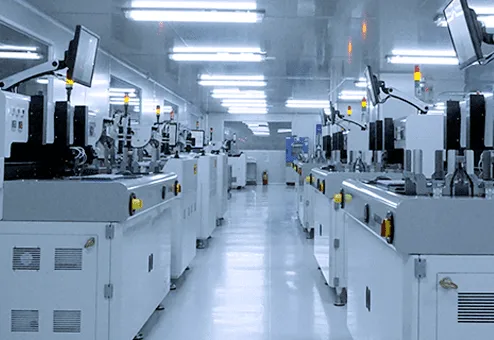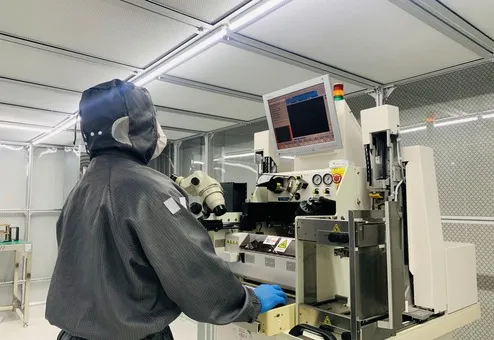What is Insertion Loss and Return Loss for Optical Fiber Products?
In optical fiber communication, insertion loss and return loss are two important parameters to evaluate the quality of interfaces between some optical fiber components, such as optical fiber connector, fiber patch cable, pigtail fiber, etc.
What is Insertion Loss
Insertion Loss (IL) is a measurement of the loss of light between two fixed points on an optical fiber. It can be understood as the loss of optical power caused by the intervention of optical devices in the optical fiber link of an optical communication system, and its unit is dB.

Formula: IL=-10 lg (Pout /Pin). Pout is the output optical power, and Pin is the input optical power.
The smaller the insertion loss, the better the performance. For example, an insertion loss of 0.3dB is better than 0.5dB. In general, the attenuation difference (less than 0.1 dB) between a weld and a manual connection will be smaller than that of between fiber optic connectors. Recommended maximum dB loss for optical fiber cabling in a data center: 15dB for LC multi-mode optical connector, 15dB for LC single-mode optical connector, 20dB for MPO/MTP multi-mode optical connector, 30dB for MPO/MTP single-mode optical connector.
What is Return Loss
When a fiber optic signal enters or leaves an optical component (such as fiber optic connector), discontinuities and impedance mismatches will lead to reflection or echo. The power loss of the reflected or returned signal is known as the return loss (RL). Insertion loss is mainly the measurement of the resulting signal value when the optical link encounters loss, while return loss is the measurement of the reflected signal loss value when the optical link encounters component access.

Formula: RL=-10 lg (P0/P1), where P0 represents reflected optical power and P1 represents input optical power.
The return loss value is expressed in dB, which is usually negative, so the larger the return loss value, the better. Typical parameter ranges from -15 to -60 dB. According to industry standards, UPC polished fiber optic connectors should have a return loss greater than 50dB, APC polished fiber optic connectors usually have a return loss greater than 60dB, and PC type polished connector must have a return loss greater than 40dB. For multi-mode fibers, the typical RL value is between 20 and 40 dB.
Influence Factors
1. End Face Quality & Cleanliness
Fiber end face defects (scratches, pits, cracks) and particle contamination directly affect connector performance, resulting in poor IL/RL. Even tiny dust particles on a 5-micron single-mode fiber core may block the optical signal, eventually resulting in signal loss.
2. Broken Fiber & Improper Insertion
Sometimes the fiber is broken but still guides light through, which can also lead to poor IL or RL. For example, when an APC connector connects to a PC connector, light may pass through for a short time, but at the same time it will cause high insertion loss and low return loss, and may also cause the two optical fiber end faces fail to be precisely connected, so that the light cannot pass through normally.
3. Excessive Bending Radius
The fiber can be bent, but too much bending can lead to significant optical loss and cause damage. So in cases where you need to coil an optical fiber, it is suggested to keep the radius as large as possible, usually not to exceed 10 times the diameter of the coat. For example, for a patch cable with 2mm jacket, the maximum bending radius is 20mm.





 Guanglong S&T Zone, No.8 High-tech Industry Park Chaoyang Road, Guilin ,Guangxi, China
Guanglong S&T Zone, No.8 High-tech Industry Park Chaoyang Road, Guilin ,Guangxi, China  +86-133-4600-8527
+86-133-4600-8527  alan.shizz@glsun.com
alan.shizz@glsun.com